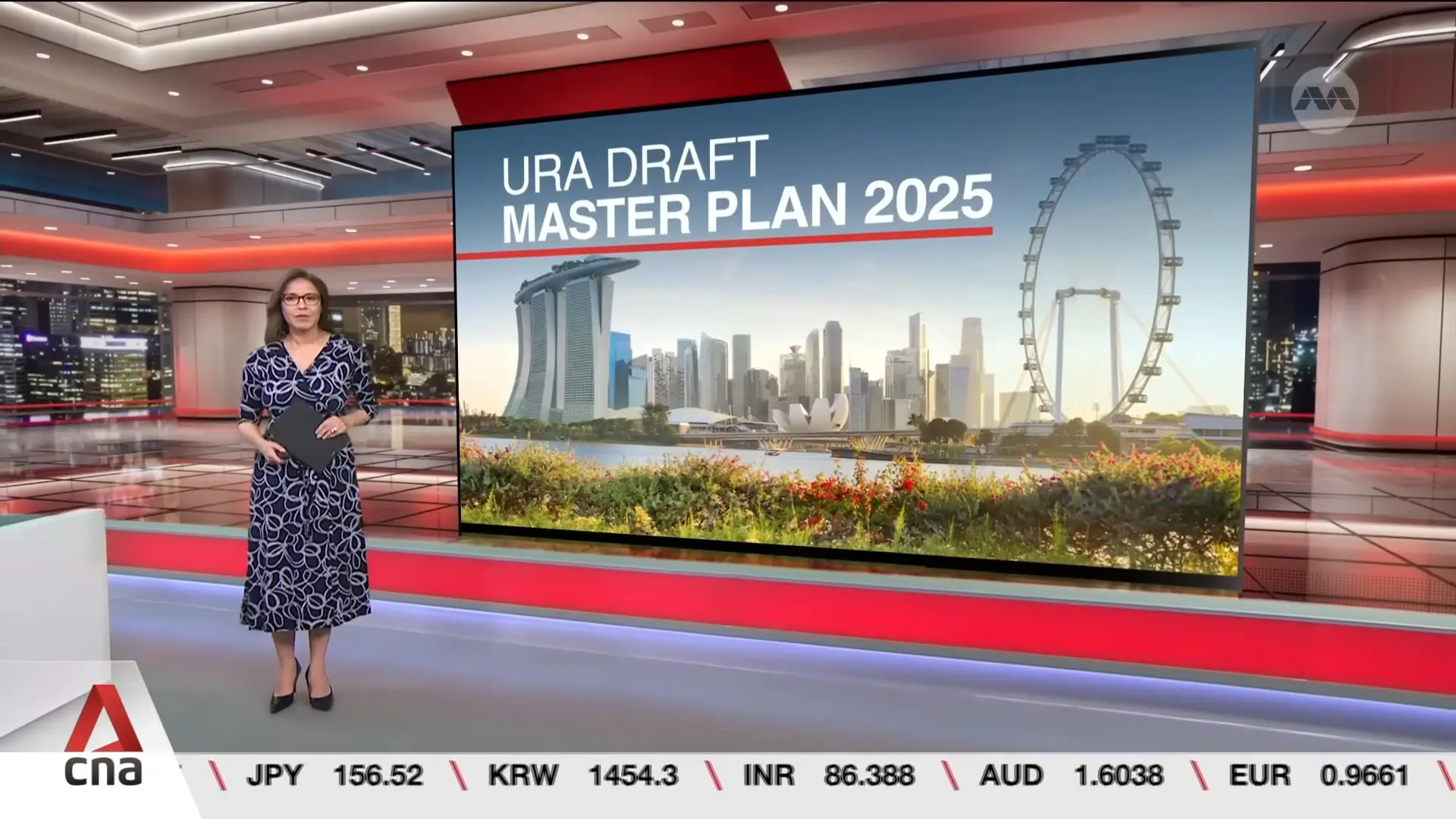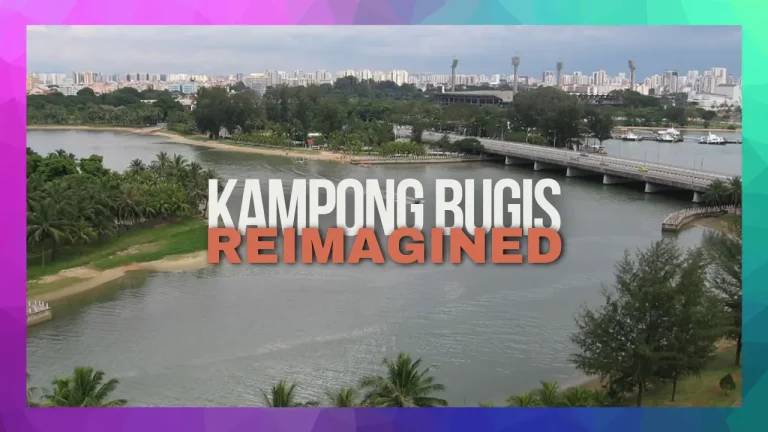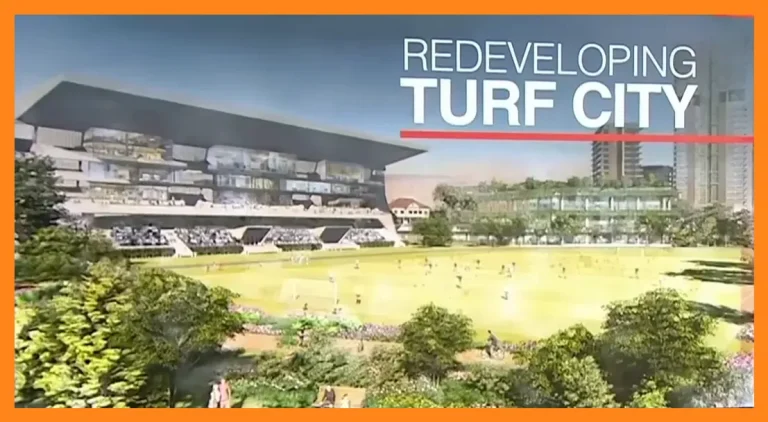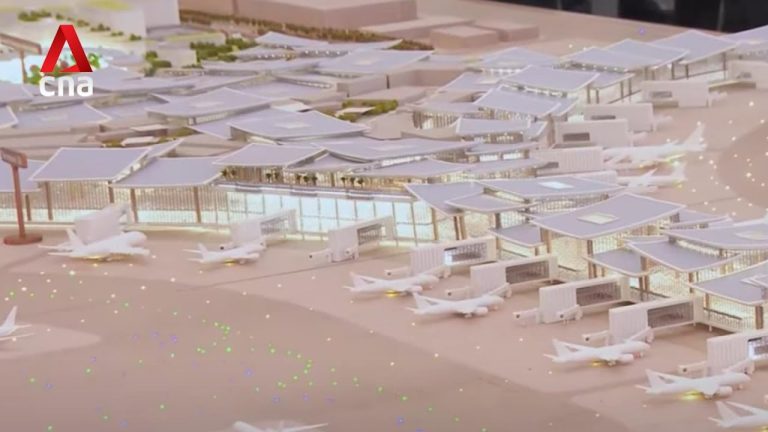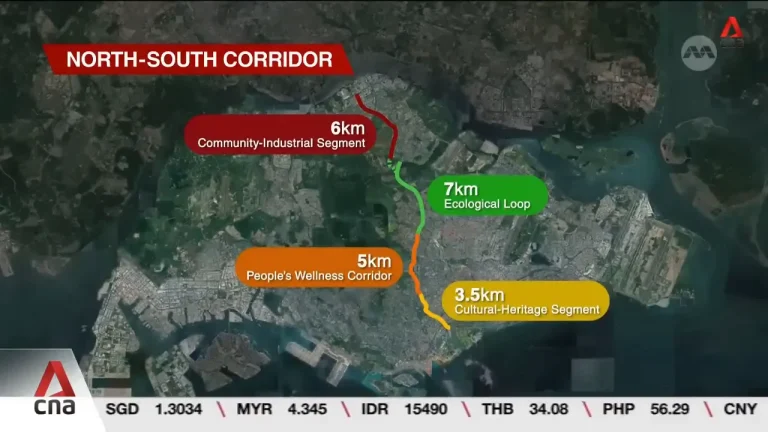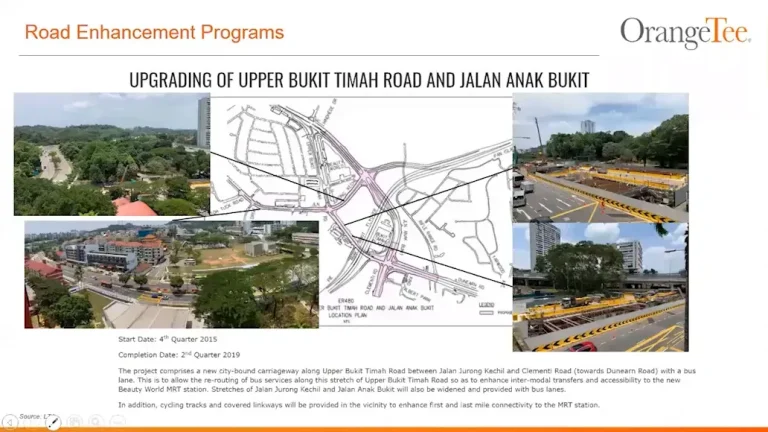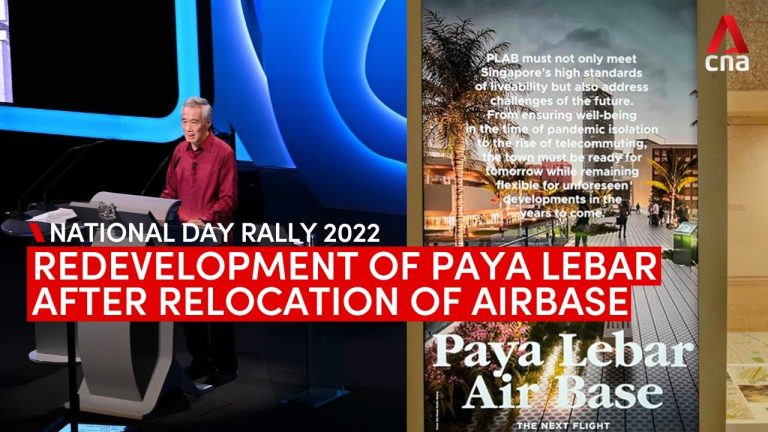Exploring the URA Draft Master Plan 2025: Shaping Singapore’s Future

URA Draft Master Plan 2025 is a blueprint of a visionary idea proposed to be the leading plan of Singapore for land use and development for the next 10 years. This plan is meant to be the instrument for the improvement of Singapore’s economic gateways, the betterment of the infrastructure, and the establishment of a lively community. In this blog, we are going to explore the different elements of the plan, talk about the transition that Singapore underwent during the past decade in terms of development priorities, and look at the obstacles of the future.
Table of Contents
- Understanding the URA Draft Master Plan 2025
- Community Engagement and Local Initiatives
- Shifts in Development Goals Over the Past Decade
- Anticipating Future Challenges
- Residential Developments in Central Regions
- Conclusion
- FAQs
Understanding the URA Draft Master Plan 2025
A detailed strategy focused on land issuance by URA which is a part of the Draft Master Plan 2025 is the main framework that aims to not only strengthen Singapore’s economy but also improve its residents’ quality of life. The plan emphasizes regions such as the Eastern Gateway, Western Gateway, and Northern Gateway, wherein all will be allocated specific roles in Singapore’s progress.
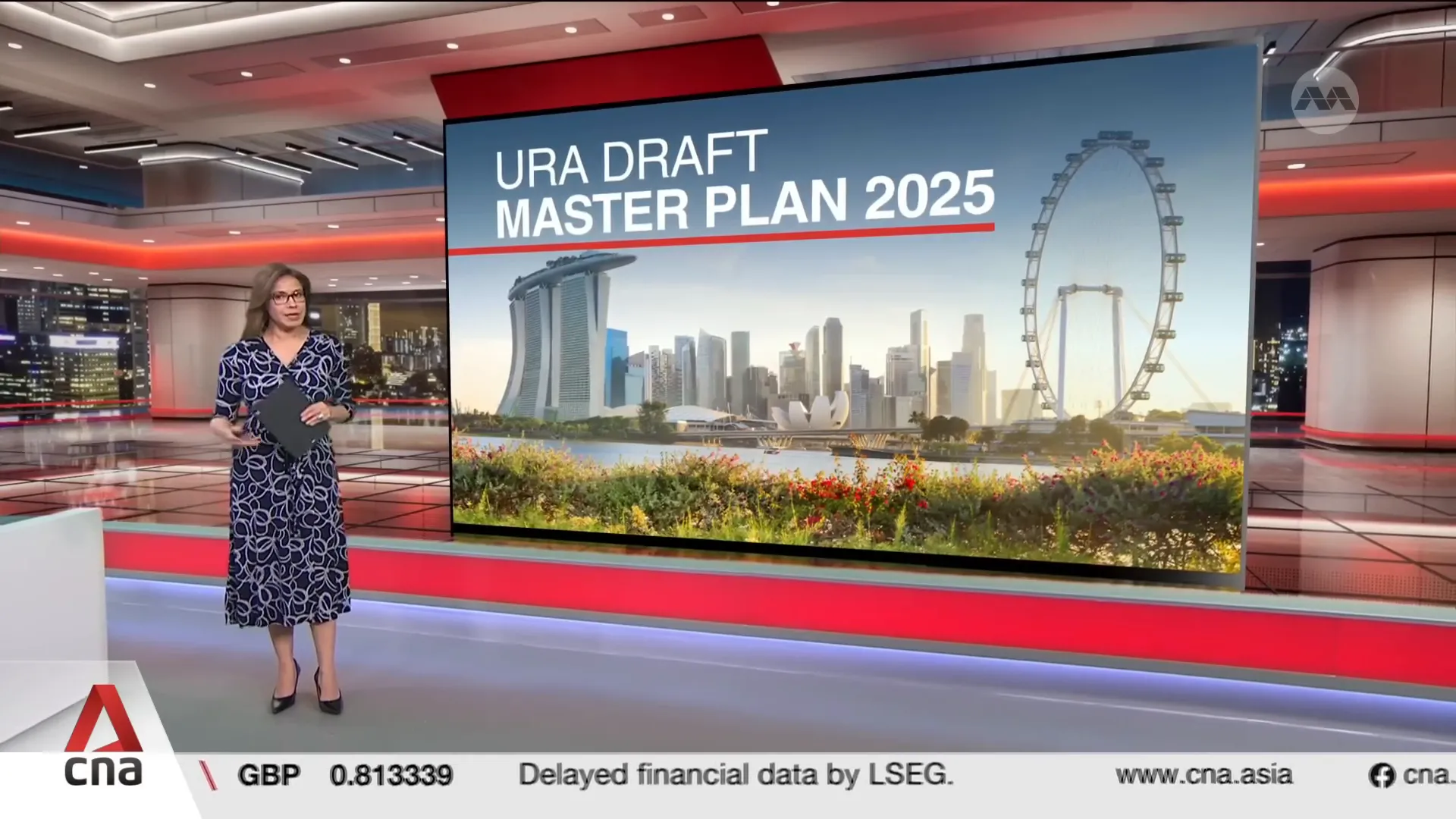
The Economic Gateways
The development of Singapore’s economic gateways is one of the major emphases of the URA Draft Master Plan 2025. To transform Singapore into a global economic center, these gateways are very important.
The Eastern Gateway
Changi Airport’s future Terminal 5 will enable the Eastern Gateway to become the main transfer point for the Republic’s connection to different parts of the world.
Besides serving the additional 50 million travelers who will embark and disembark through this terminal, Terminal 5 will also place this region at the heart of global travel and trade.
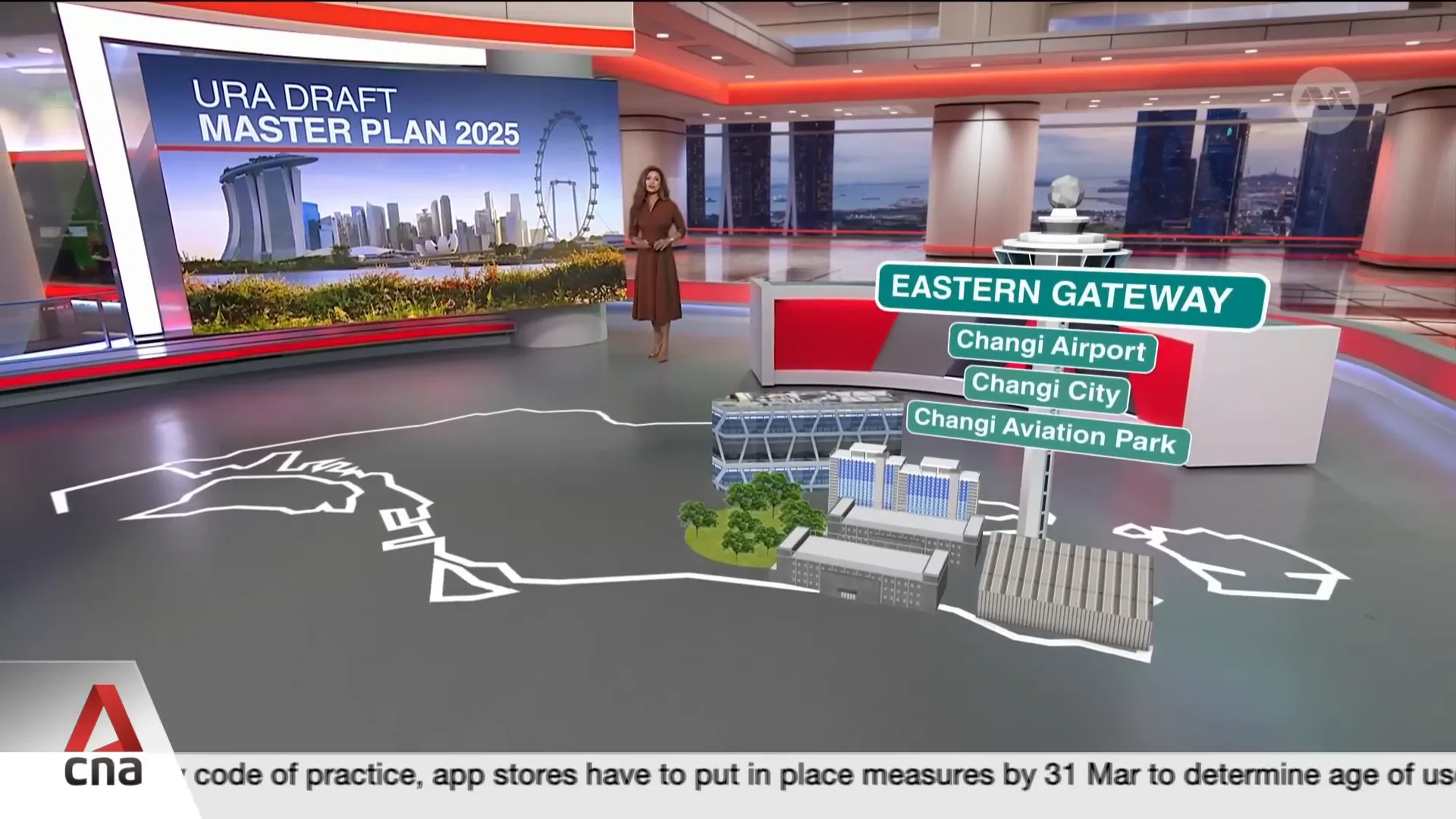
As a result, Changi Aviation Park and Changi City, which is located nearby, will contribute to this growth, thus, making it a strong ecosystem for the aviation and the industries related to it.
The Western Gateway
Shifting towards the west, the Western Gateway is on the verge of becoming an industrial hotspot for companies leveraging the Tuas port.
It will be the largest fully automated container port in the world by the 2040s, and Tuas will help drive huge economic activity. Alongside the new housing developments and a global talent pool, this area is expected to witness great change.
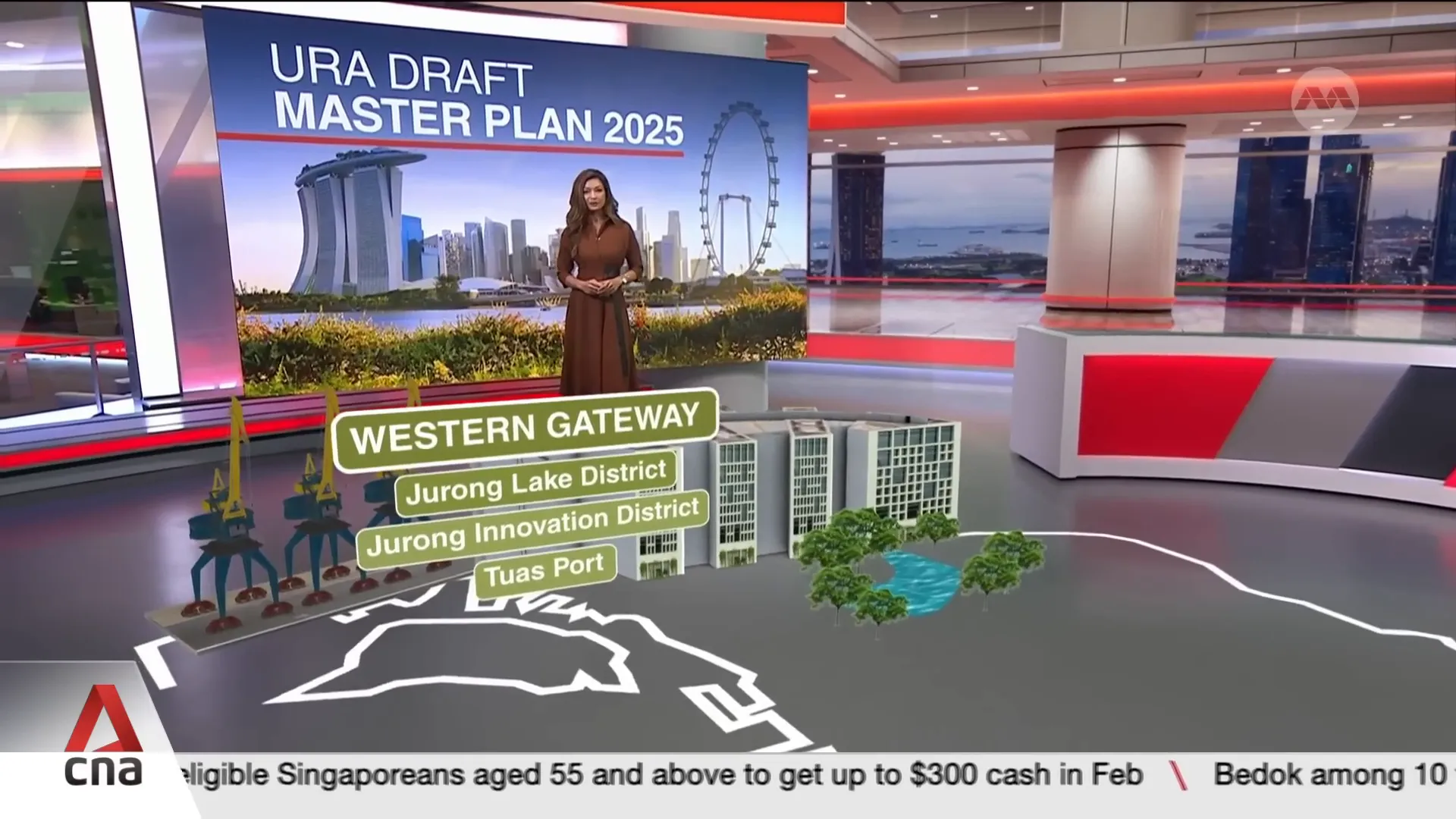
The Northern Gateway
The Northern Gateway, targeted as one of the major commercial centers, will be home to high-value manufacturing and other general industries in the north.
The Johor Bahru-Singapore rapid transit system, which will be expanded with the help of this investment, will directly increase the cross-border link with Singapore and reinforce economic ties with Malaysia.
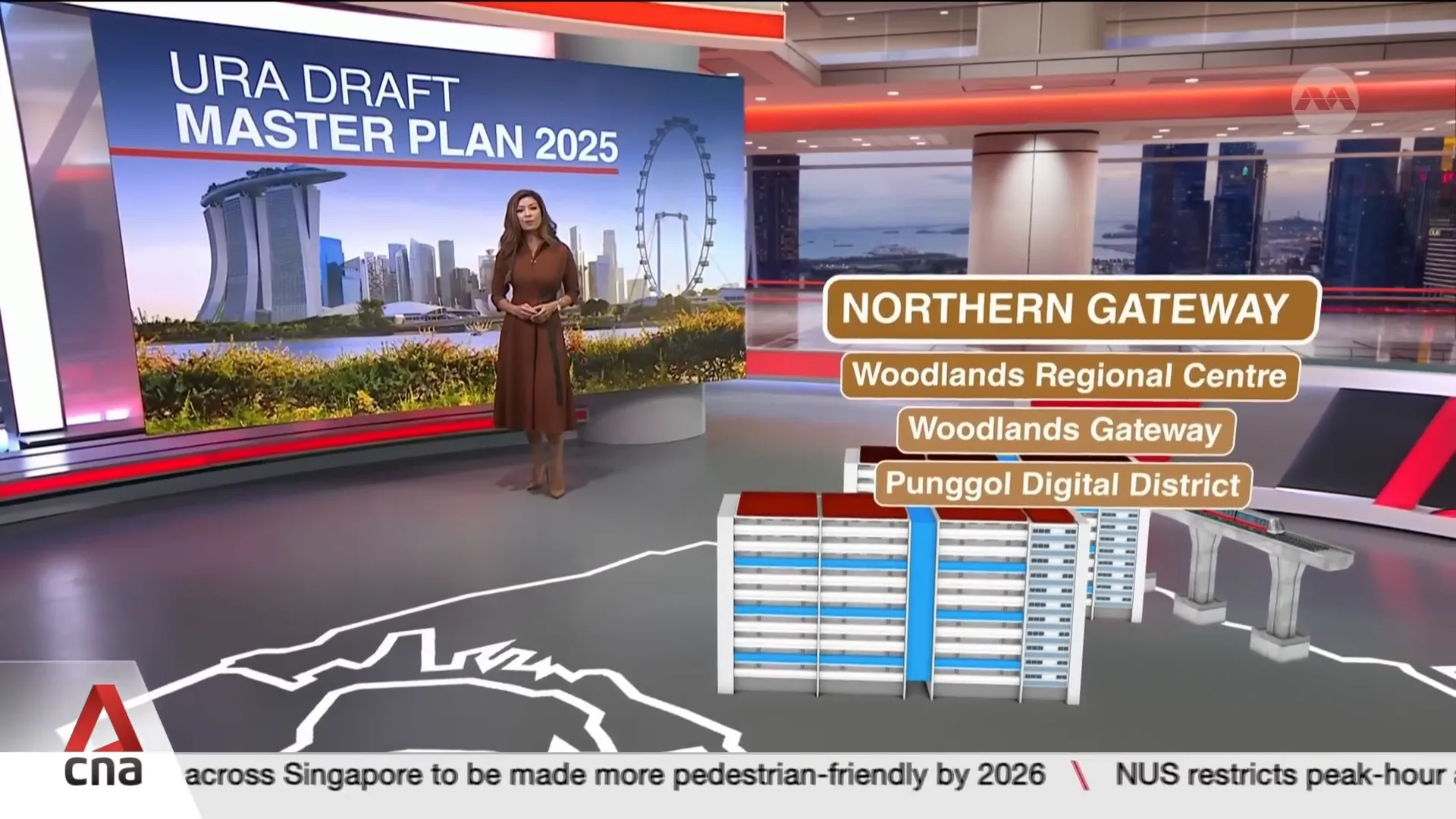
Community Engagement and Local Initiatives
Although the economic gateways are very important, the URA is not only concerned with them but also seeks to get the views of the community on different land use plans. Among these are national programs and localized initiatives targeted at the improvement of neighborhood resilience and living conditions.
Long Island Initiative
An example of the Long Island project is to protect the East Coast and to promote the flood resilience of Singapore. This project is a demonstration of the community involvement in local infrastructure and environmental resilience.
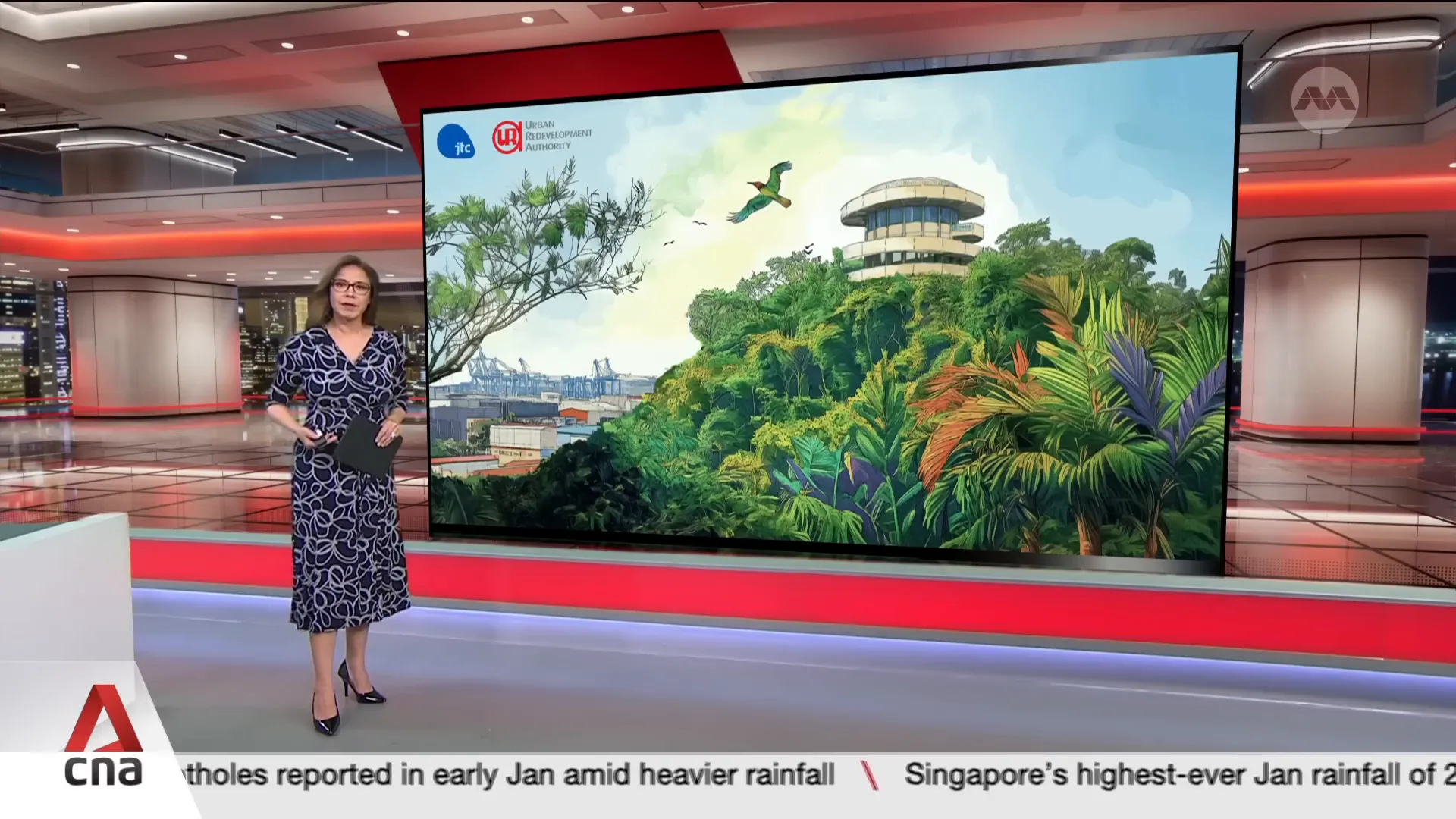
Reimagining Jurong Bird Park
A competitiin for wilddom ideas perfect for the redeveloping of Jurong Bird Park and Jurong Hill is also another captivating project. This shows the URA’s dedication to making the existing areas a better place for the community.
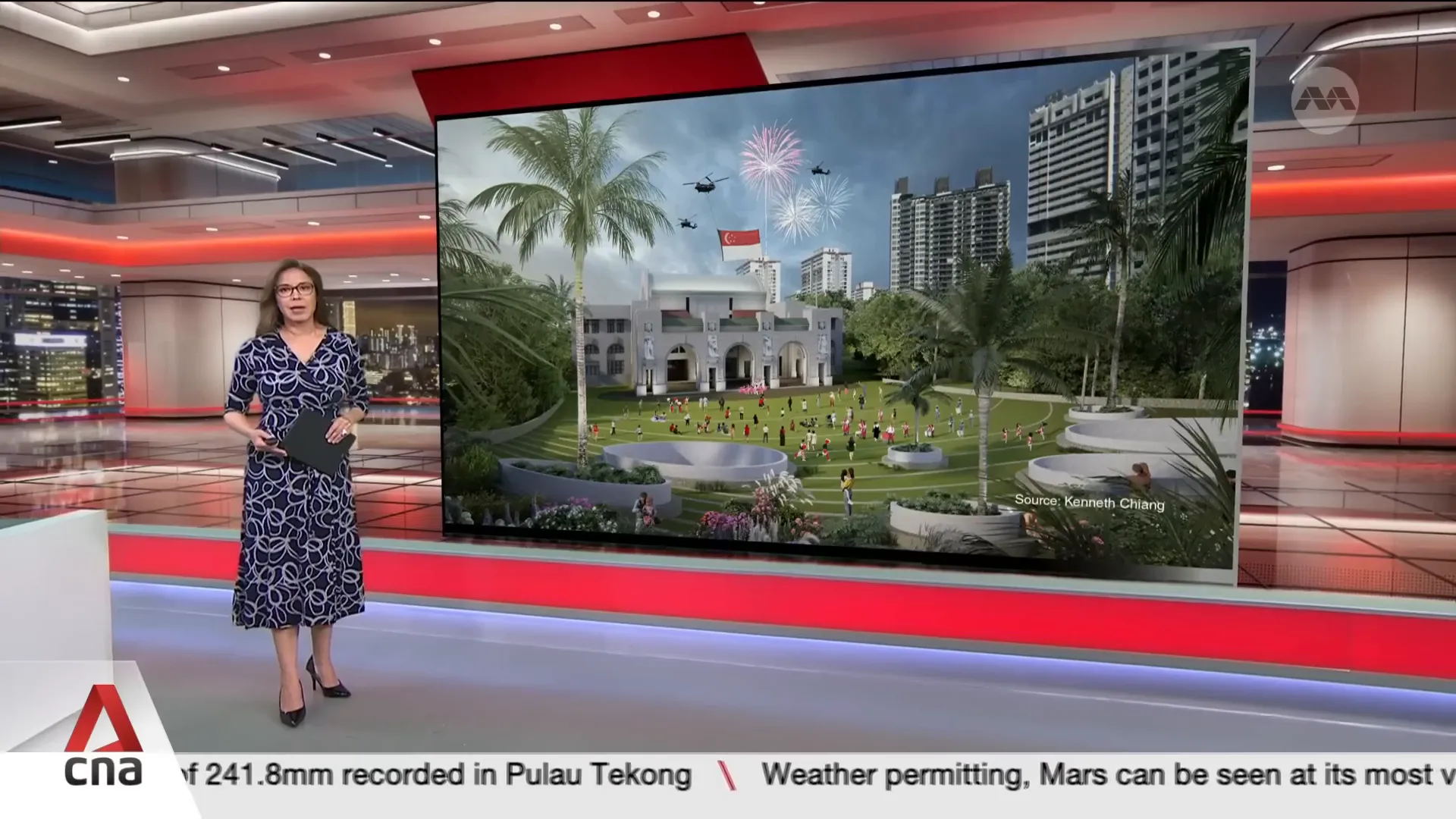
Shifts in Development Goals Over the Past Decade
When we analyze the URA Draft Master Plan 2025, the first thing that comes to mind is the efforts made by the city-state of Singapore throughout the years to reach its development goals. The previous master plan was designed in 2019, and several things namely unforeseen occurrences, governmental decisions, and macroeconomic developments have affected the focus of the plans since that year.
From Hard Targets to Urban Resilience
In the past, the major concentration was on accomplishing hard targets, i.e., the number of housing units and office spaces. In contrast, during the recent period, the emphasis has altered to urban resilience.
Today, Singapore is beset with difficulties like territorial dearth, climatic transition, and demographic changes.
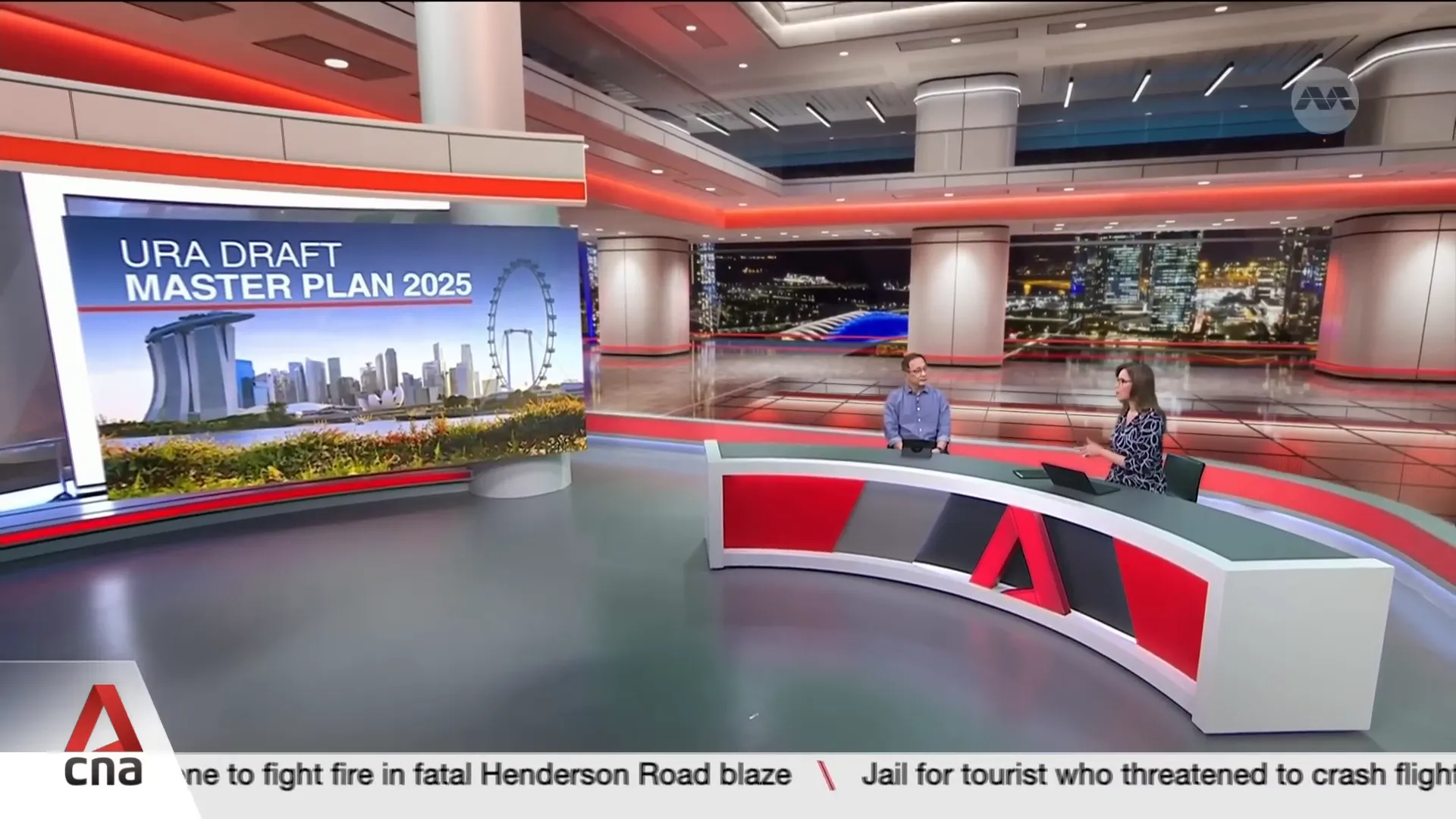
Dr. Sing Tien Foo stresses the importance of urban planning which is both flexible and resilient in order to adapt to the changes. Mixed-use spaces have become an essential component in residential and commercial planning, demonstrating the impact of new living and working styles.
Hybrid Work and Space Utilization
The introduction of hybrid working structures has really changed the way individuals employ spaces. The trend of companies preferring hot desking and flexible workspaces is the reason behind this observation; the latter one even needs rethinking the designing of space in both business and residential areas.
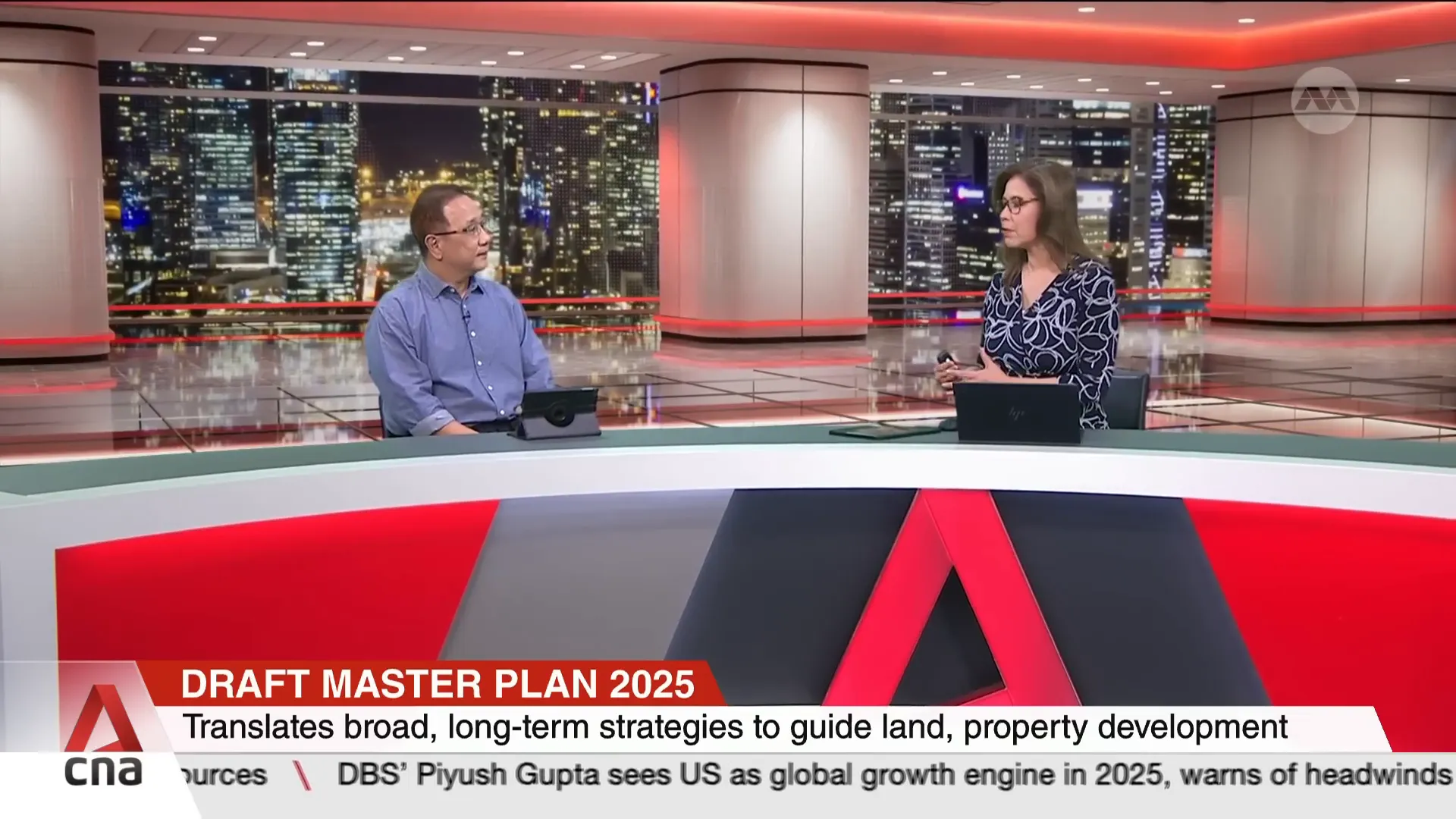
Anticipating Future Challenges
As it puts the URA Draft Master Plan 2025 into circulation, Singapore has to deal with a plethora of hurdles. Quite pertinently, Professor Sing states that the incredible rapid growth beyond the expectations since independence will not be maintained forever.
Sustainability and Inclusivity
Future planning must focus on sustainability and inclusivity. With climate change being one of the main issues globally, the URA Draft Master Plan proposes strategies for dealing with the consequences, like the increase of sea levels, and for maintaining the ecological balance.
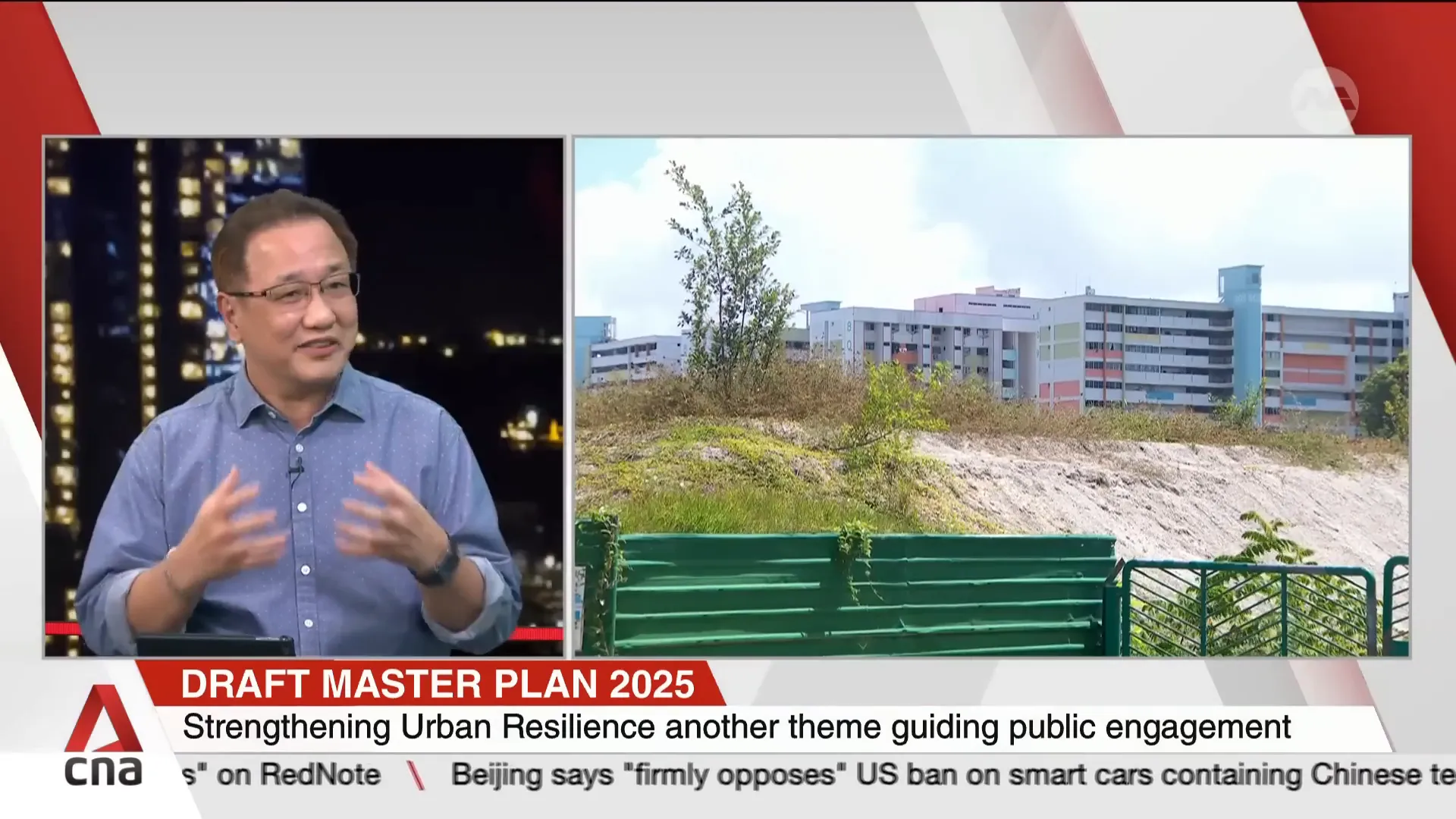
Long-Term Vision
The Long Island project is a case in point to a 10-year-long vision that is more than just for the next ten years. By recognizing the challenges that come with climate change, Singapore has begun to work on strategies that would be valid for the afterlife of humans.
Residential Developments in Central Regions
Among the most frequently discussed benefits of the URA Draft Master Plan 2025 are the new residential neighborhoods in central areas. The transition will affect the property value and urban life styles.
Mixed-Use Development
This project, while focusing on the integration of various virtual/immersive uses in the district, will also provide the overall district with more homes, thus increasing the residential population and making the areas more central and lively for the district’s residents and businesses.
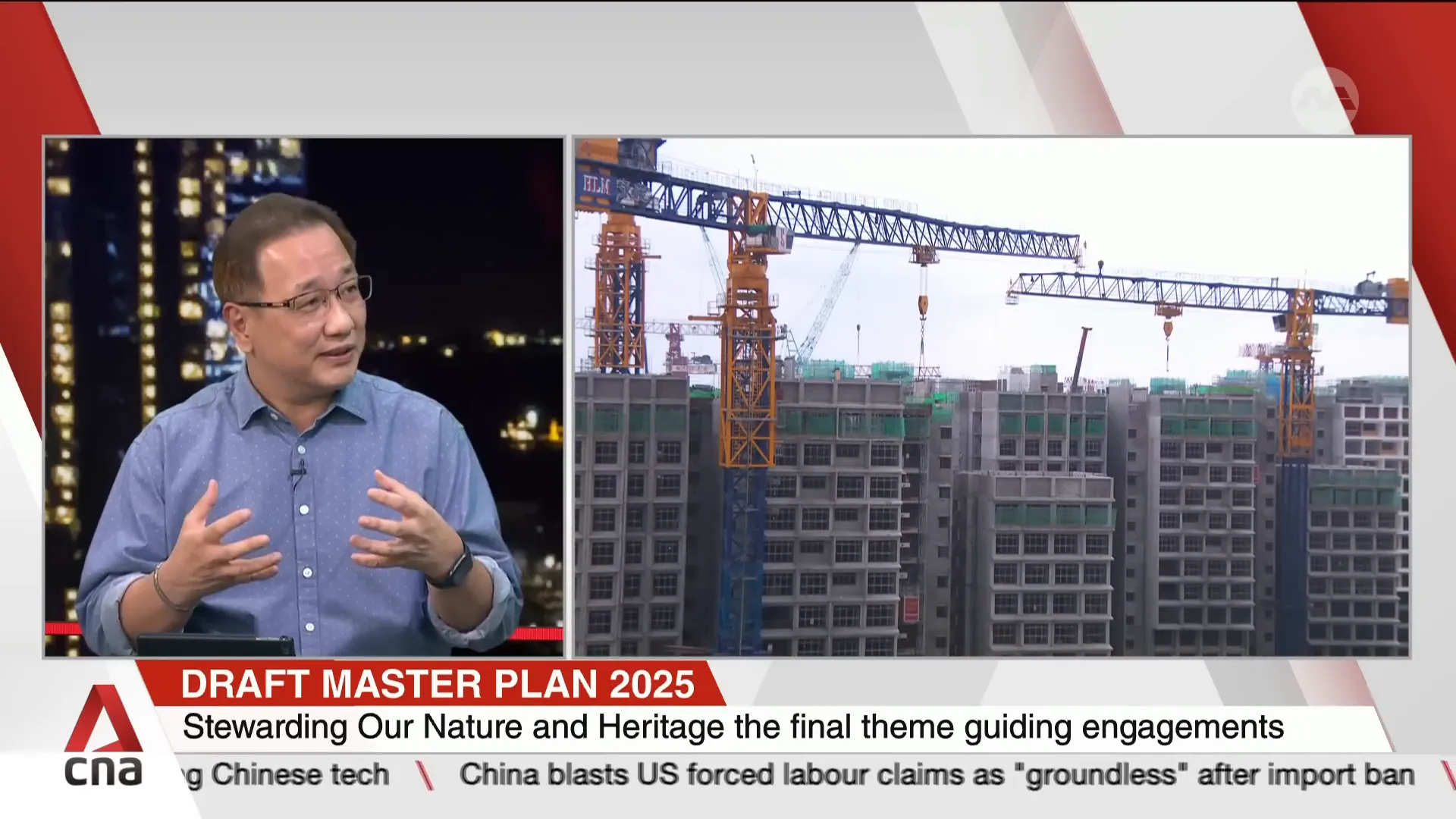
Government Initiatives for Inclusivity
Also, the government aims to promote inclusivity by the integration of public housing (HDB) with prime areas. The approach is to generate a diversified collection of affordable housing options, thus, more city living opportunities for Singaporeans.
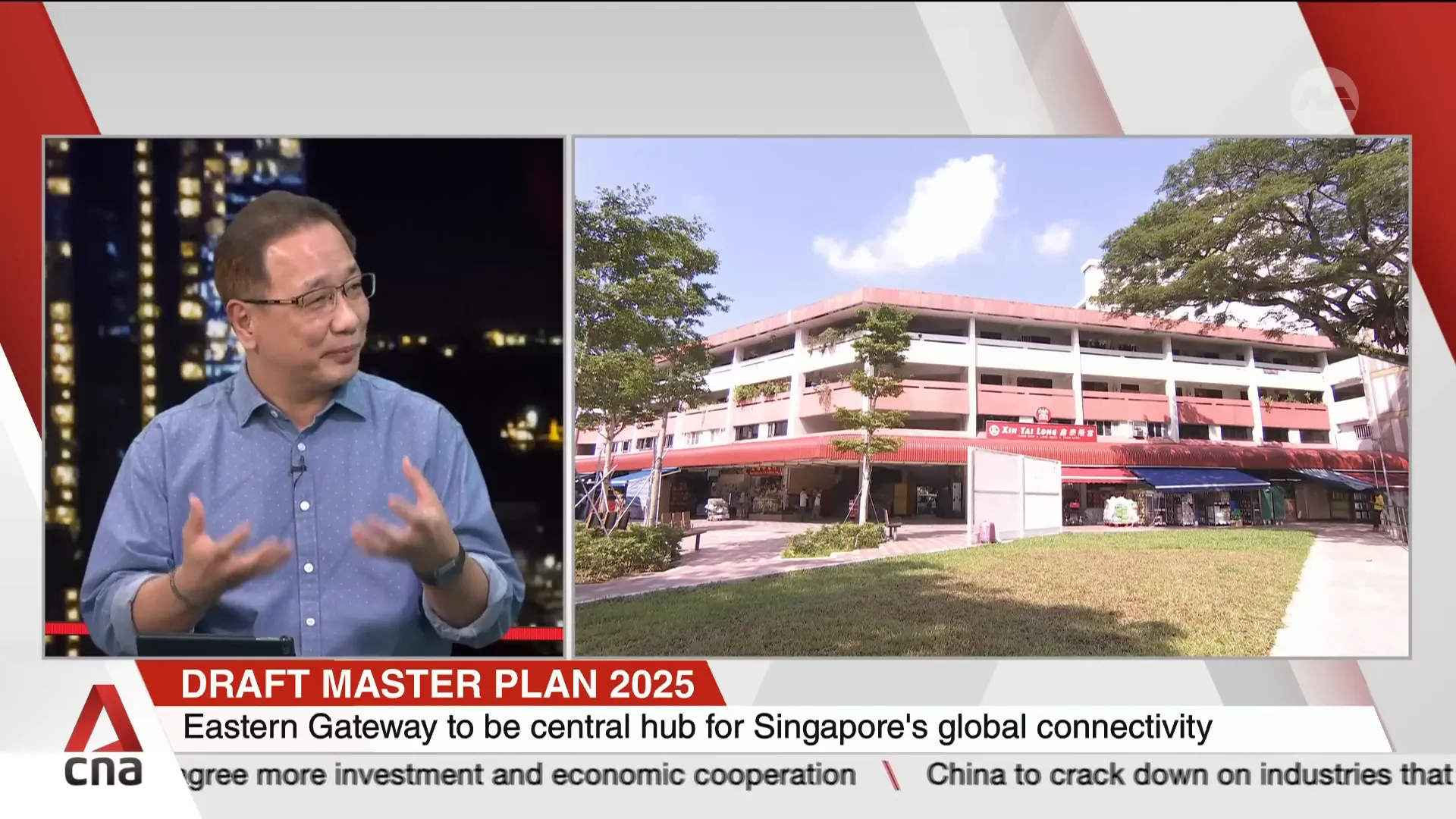
Conclusion of URA Draft Master Plan 2025
The URA Draft Master Plan 2025 is an important milestone in the urban planning of Singapore, relying on economic resilience, community involvement, and ecological development.
In the beginning, the plan is aiming at solving not only the present problems but also creating a base for a lively, inclusive, and resilient Singapore in the future.
FAQs of URA Draft Master Plan 2025
What is the URA Draft Master Plan 2025?
The URA Draft Master Plan 2025 serves as a comprehensive guide for land use and planning in Singapore over the next decade, emphasizing community engagement and environmental sustainability.
How does the plan address climate change?
The scheme consists of various programs, including the Long Island project, which will focus on the promotion of flood resilience, as well as adaptation to the rising sea levels to guarantee that Singapore will be able to overcome the challenges of the future climate sustainably.
What are the key economic gateways in the plan?
The plan’s primary economic openings mentioned are the Eastern Gateway, Western Gateway, and Northern Gateway. Each of them focuses on multiplying Singapore’s economic power and overall connectivity.
How will residential developments change under this plan?
The proposal envisions the establishment of mixed-use developments in the inner sections, that is, the residential-commercial-recreational spaces being integrated together to make fully bright urban areas.
Disclaimer: This information is provided for informational purposes only. PropsBit.com.sg does not endorse or guarantee its relevance or accuracy concerning your situation. While careful efforts have been taken to ensure the content’s correctness and reliability at the time of publication, it should not replace personalised advice from a qualified professional. We highly recommend against relying solely on this information for financial, investment, property, or legal decisions, and we accept no responsibility for choices made based on this content.


